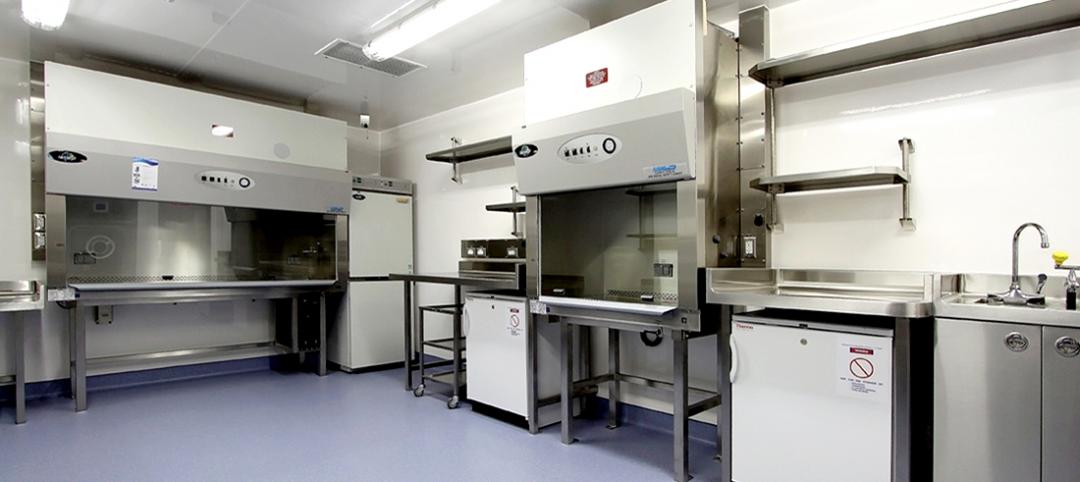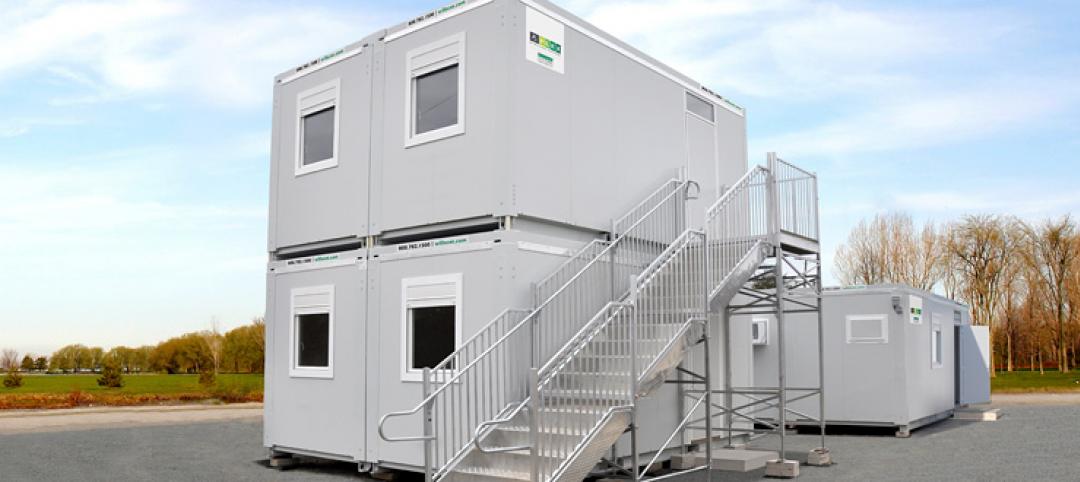With millions of shipping containers lying empty at ports around the world, it may seem like repurposing them to construct buildings would be a clear environmental winner. The reality of building with shipping containers is complicated, though, and in many cases isn’t a net-positive for the environment, critics charge, according to a report by NPR's Chloe Veltman.
Commonly, those building with containers choose newer units that have less wear and no dents. Some jurisdictions prohibit the use of containers that are damaged, that have been repaired, or that are older than two years.
Also, new units cost only $1,000 to $2,000 more than used containers—not a lot in the context of a budget for a major project. Critics say new units would be better served from an environmental standpoint by using them for their original intended purpose.
While repurposing old containers would give them a new life, they have poor thermal properties degrading any environmental benefit and building owners end up paying a lot for heating and cooling.
Given the pros and cons of container construction, critics argue that it would make more environmental sense to recycle them and use conventional construction methods for construction.
Related Stories
| Oct 9, 2014
Regulations, demand will accelerate revenue from zero energy buildings, according to study
A new study by Navigant Research projects that public- and private-sector efforts to lower the carbon footprint of new and renovated commercial and residential structures will boost the annual revenue generated by commercial and residential zero energy buildings over the next 20 years by 122.5%, to $1.4 trillion.
Sponsored | | Oct 7, 2014
Containing healthcare crises with modular units
With the recent news of the first Ebola case diagnosed in the U.S., there’s a lot of chatter about the possibility of a widespread outbreak in America. SPONSORED CONTENT
Sponsored | | Oct 1, 2014
Make space for Williams Scotsman
Can you guess what enables groundbreaking medical procedures, instruction of our future leaders, and meeting space for energy exploration professionals? The answer is modular space solutions. SPONSORED CONTENT
Sponsored | | Sep 30, 2014
How project managers can manage technology
Not long ago, the role of a construction project manager revolved around working with people: employees, vendors, consultants, designers, subcontractors and owners. Today, project managers primarily manage information. SPONSORED CONTENT
| Sep 24, 2014
5 business lessons from a 43-year Star veteran
Mary Ed Cain was supposed to be born a boy. That was the first time she surprised everyone. The second time came on a daily basis during her 43-year career at Star Building Systems. SPONSORED CONTENT
| Sep 24, 2014
Architecture billings see continued strength, led by institutional sector
On the heels of recording its strongest pace of growth since 2007, there continues to be an increasing level of demand for design services signaled in the latest Architecture Billings Index.
| Sep 22, 2014
4 keys to effective post-occupancy evaluations
Perkins+Will's Janice Barnes covers the four steps that designers should take to create POEs that provide design direction and measure design effectiveness.
| Sep 22, 2014
Sound selections: 12 great choices for ceilings and acoustical walls
From metal mesh panels to concealed-suspension ceilings, here's our roundup of the latest acoustical ceiling and wall products.
| Sep 9, 2014
Using Facebook to transform workplace design
As part of our ongoing studies of how building design influences human behavior in today’s social media-driven world, HOK’s workplace strategists had an idea: Leverage the power of social media to collect data about how people feel about their workplaces and the type of spaces they need to succeed.
| Sep 7, 2014
Behind the scenes of integrated project delivery — successful tools and applications
The underlying variables and tools used to manage collaboration between teams is ultimately the driving for success with IPD, writes CBRE Healthcare's Megan Donham.















